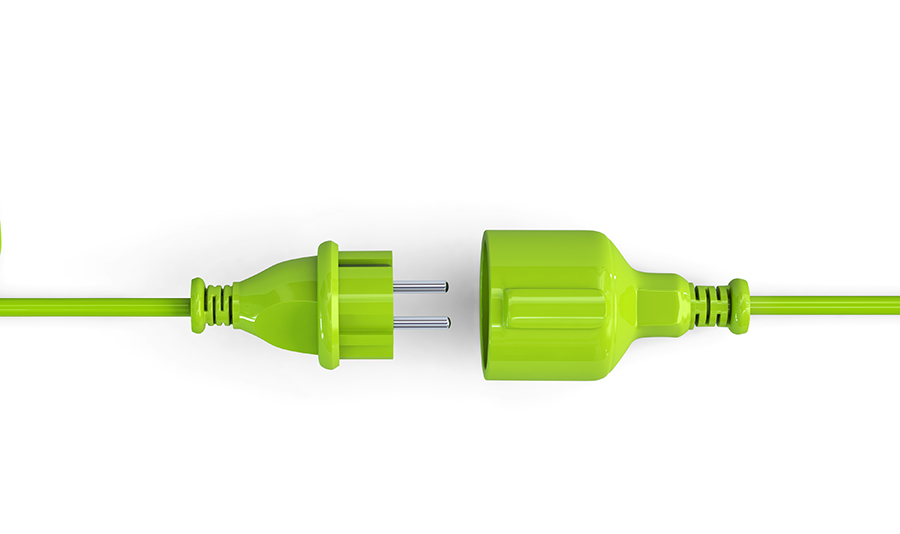Is your doctor an algorithm?
Dealing with end-of-life issues.
Story: Dr. Marilyn M. Singleton
Some pundits blamed algorithmic trading for the stock market’s recent wild ride. “Algo-trading” relies on computers programmed to follow defined instructions for placing trades. For example, the computer buys 50 shares of stock when its 50-day moving average goes above the 200-day moving average. Period. This was popularized as a systematic approach that removes human emotion, intuition, or instinct from the transaction.
Advanced medical algorithms may be the next best thing. Their intended purpose is to improve and standardize decisions made about medical care, enabling multiple levels of health-care practitioners to use the same “thought” process.
A medical algorithm can be a list of risk factors for various conditions, such as heart disease, or a simple calculation such as BMI (body mass index) utilizing height and weight to determine ideal numbers. Many algorithms are flow charts with a binary decision tree: if BMI is greater than 25, do this; if not, do that. Newer algorithms based on machine learning, a form of artificial intelligence that simulates how humans learn, can analyze and diagnose radiology images or pathology slides or predict the actual risk of developing certain conditions.
Some of these advances are extraordinary and may add to our medical armamentarium. But they don’t exist in a vacuum. Concomitant with the flow chart revolution, patients complain that shortly after the physician’s first “Hello,” they are handed a “Do not resuscitate” form.
Yes, it is a good thing for a physician to know about a patient’s desires at the end of his life. But it is unsettling when the 35-year-old “provider” cheerfully encourages a patient to fill out the form, crowing that she signed her DNR form. The patient is thinking, “You’ll feel a lot different about it at 65 than you do now.”
Unfortunately, in today’s health-care delivery factories, when illness strikes, “your” doctor may be a hospitalist you don’t know whose only knowledge about you is lab tests, x-rays, findings on physical exam, and a form you signed 10 years ago. Your family relationships, religious views, and the like are not this doctor’s purview. When death actually is near, you want to know and trust those in charge of your life.
In a recent case, a toddler was declared brain dead by one hospital, but apparently showed signs of life. His mother sought but failed to stop the removal of life support. After the plug was pulled, she challenged the constitutionality of California’s Determination of Death Act, which effectively takes away life-and-death decisions from parents. The act provides that a person is dead when, in accordance with accepted medical standards, either the body or the brain has irreversible cessation of all function. A federal court dismissed the case, reasoning that the state cannot be held responsible for determination-of-death laws, because doctors have “broad and legitimate discretion” to end patients’ life support.
Less obvious but nonetheless devastating, is the power Medicare, Medicaid, and insurers exercise over life and death through pre-authorizations and denials of claims. In a lawsuit against Aetna for denial of benefits, which the patient alleged “almost killed him,” Aetna’s medical director admitted under oath he never looked at patients’ medical records when deciding to approve or deny care.
When physicians have the power over life and death, “if you like your doctor, you can keep your doctor” has added significance as more states adopt physician-assisted suicide laws. Even in Belgium, where euthanasia is legal, its proponents are increasingly uncomfortable with the speedy approval of psychiatric patients’ requests. Discomfort turned to outrage when a dementia patient was euthanized with no evidence the patient asked to die.
As independent physicians, we want to use the best advances to help our patients but we do not want medicine to devolve into paint-by-the-numbers. We dread the day when “algo-medicine” devoid of human emotion, intuition, or instinct will make the decision.
If you want to ensure your doctor has your back, run—don’t walk—to a direct primary care practice. Tell your representatives in Congress to add the 1-page Primary Care Enhancement Act (HR 365/S 1358) to upcoming “must pass” legislation. This allows patients to use a Health Savings Accounts to pay for direct primary care. Your life may depend on it.
About the writer
Marilyn M. Singleton is a board-certified anesthesiologist and president-elect of the Association of American Physicians and Surgeons. She graduated from Stanford, earning her MD at the University of California at San Francisco Medical School. While still working in the operating room, she attended UC Berkeley Law School. She teaches classes about recognizing elder abuse and constitutional law for non-lawyers.

